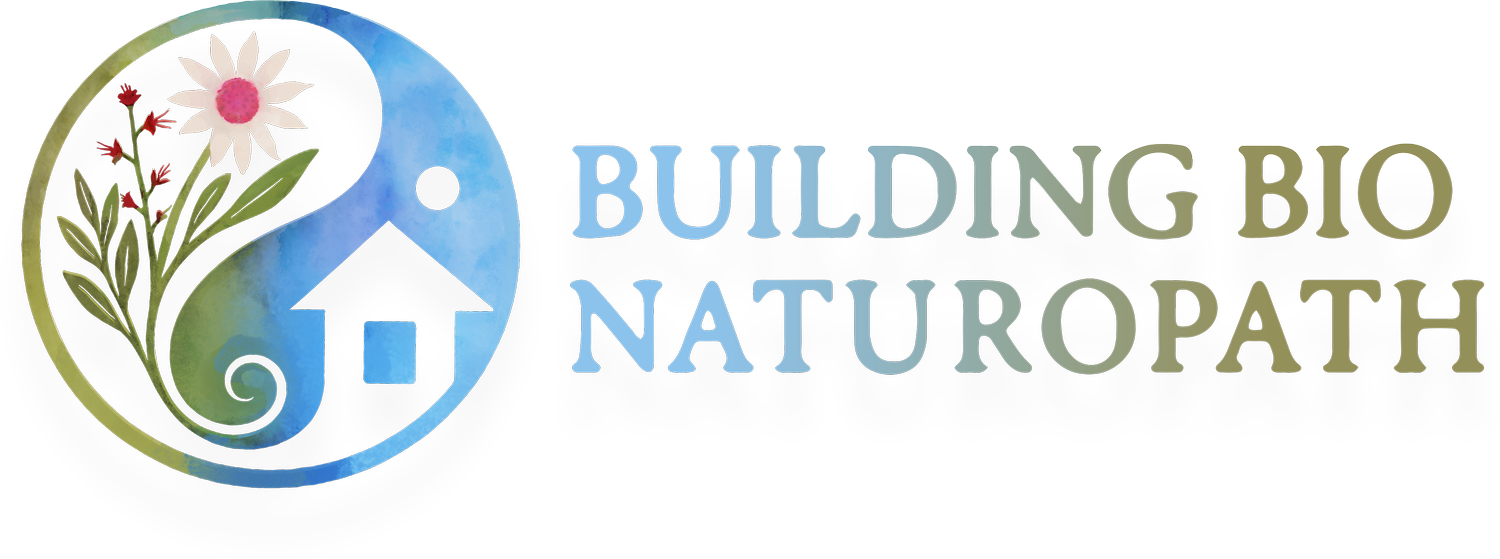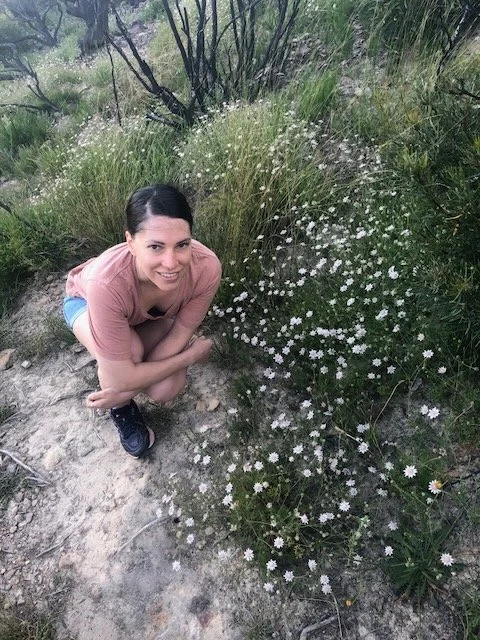
My Journey
In my early twenties, after starting out in a fast-paced career of hospitality and administration, I experienced my own health challenge. On later reflection, I had been experiencing them since birth. I was born 3 months prematurely and had suffered from chronic asthma, allergies and gut issues since childhood for example, but in my twenties, this wake-up call could not be silenced.
After months of trying to solve the issue with mainstream medicine and getting nowhere, I finally gave in and went to see a naturopath someone recommended. My quality of life had been hugely impacted on a daily basis.
I was a huge skeptic of naturopathy at the time. I had no idea how much going along to that first consult in my twenties would end up shaping my life. Out of desperation, I followed the recommendations my naturopath made. Six months later, things had majorly improved, and six more months later my issue was resolved completely. I had my life back!
I was totally intrigued by this process, and had to know more. After some deep consideration, I decided to have a career change and get to the underbelly of this amazing modality, so I enrolled as a student of naturopathy.
2008 - 2011
After intensive on-campus training, I graduated from the Australasian College of Natural Therapies (now a part of Torrens University) with an Advanced Diploma of Naturopathy, and soon after upgraded this to a Bachelor of Health Science in Complementary Medicine from Charles Sturt University.
Not many naturopaths were doing home consultations back then. But I decided to be different, and launched ‘Naturopath 2 U’, offering to conduct sessions in patients homes locally to where I was based at the time in the leafy outskirts of western Sydney.
I didn’t realise until later that I was following a gut intuition: for me to really get to the crux of a health issue, the home can impart an invaluable amount of wisdom. “If only these walls could talk!” A clinic space can be helpful too for sure, but the best context often reveals itself in your home.
After about six years of clinical practice, I found that a percentage of patients would not respond to naturopathy (or various other) interventions. Patients in this category had already seen many other health practitioners before coming to me, including doctors and specialists. They had spent so much money on different tests and treatments with little to no improvement. I would meet countless other practitioners at conferences from many health modalities and heard similar stories. This niggled away at me - I wanted to do more for these patients.
2012 - 2017
2018 - 2020
In 2018, the home where I was living had a water event resulting in damage not repaired by the insurance company for nearly 5 months. Looking back on this after the years of floods we had around Covid time, this was sadly a ‘good’ response time! Considering that mould begins to grow within 48 hours as I now know, this is devastating. It wasn’t until later that I would connect the dots with symptoms I had been experiencing not just after this event but also for most of my life with mould illness (once I realised later that most of the buildings I’d lived in since childhood were essentially water-damaged). This definitely would not have helped my earlier health issues in childhood and my twenties! Suffice it to say, we moved out the following year and thankfully, found a place, despite Sydney being full of buildings left, right and centre with a varying range of water-damage symptoms.
Also in 2018, I came across Nicole Bijlsma (founder of the Australian College of Environmental Studies) speaking at a naturopathy conference about Building Biology. It was the huge ‘a-ha’ moment I needed. After considering the research and topics Nicole presented, I was mystified that health practitioners were really only touching the tip of the iceberg (if at all) with these vital factors in our years of university-level training, and immediately realised that no matter what or how many health interventions were offered to a patient, if their air and water weren’t clean, or if they were exposed to toxins, EMFs, mould or chemicals - there was a hard limit to their improvement, if any at all.
Suddenly, it made total sense when considering why a percentage of patients don’t respond to treatment, no matter what is thrown their way. Not all of the causes were being added to the mix - because the majority of practitioners do not know to include them. How many doctors or practitioners have the knowledge, time or resources to attend a patient’s home and check their surface dust for contaminants, assess their home’s surrounding environment for sources of toxins, check the water supply or take air samples for the presence of mould? How could you then resolve a health issue, if the thing the patient was reacting to in their environment remained and was never addressed?
I felt that familiar gut feeling again that this is what I should spend my future doing, combined with naturopathy. During Covid lockdowns, I enrolled to study the Advanced Diploma of Building Biology at the Australian College of Environmental Studies (ACES). This was an almost five-year process which involved approximately 1800 hours of training.
2020 - 2025
At ACES, the course covered many important aspects, such as:
Water and air pollution
Mould technician training
EMF (electromagnetic field) technician training
Assess and recommend building materials and healthy building design
Children’s environmental health and why they are often vulnerable to more exposures than adults
With a building biologist’s training it is now obvious to me how many signs and symptoms show up where the average person spends time, without their knowledge, and how these things are crucial to impacting their health. It is important to realise that we are now not dealing with one, two or three things in our environment, but often hundreds of chemicals, heavy metals, air particulates, etc. every day - just at home. I believe it is the sum of these things combined that is causing a health struggle for an increasing number of people.
Since I began incorporating more and more building biology principles into naturopathy practice in recent years, many patients have reported an improvement in their results, especially where they previously felt their symptoms were overlooked or misunderstood by other treatments they’d tried. While I’m not saying that the naturopathy + building biology approach can solve everyone’s problems, it has definitely provided far better results for many more patients than naturopathy alone (even when patients are using one or many other health modalities already), because of this multifactorial lens. It becomes clearer to me everyday that unless we get an idea of the patient’s home environment or where they spend their time, it can sometimes be really difficult to really get to the crux of a patient’s health issue.

